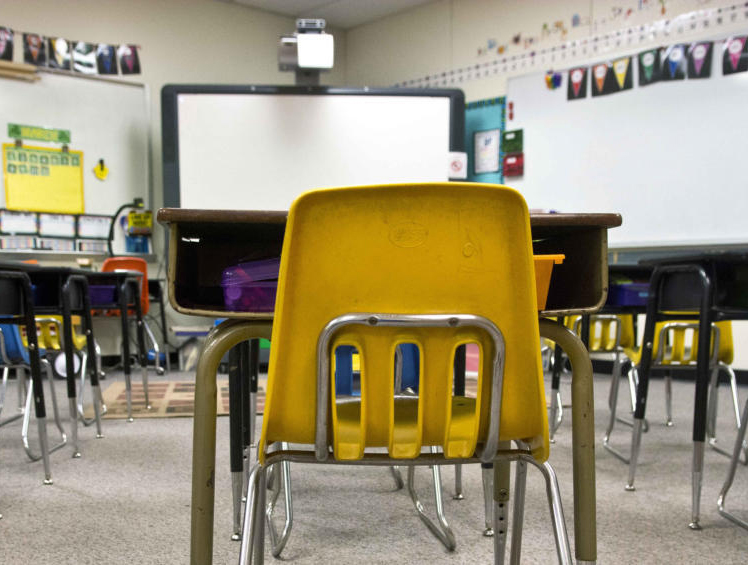
Written by Thom Fladung, Hennes Communications
Congratulations, School Leaders. You survived 2020-21 – a school year unlike any other, featuring the continuation of a public health pandemic, the most hyper-charged political atmosphere in memory and social justice issues that roiled the nation.
Your reward: Start getting ready for 2021-22.
But unlike, say, January 2020, when we began hearing mysterious reports of a serious illness in China, lessons learned from the past year and a half can be carried into the coming school year and many school years to come.
Those lessons include how to apply the best practices of crisis communications along with the specialized practice of outrage management and make it work in a culture dominated by social media, where every slight or disagreement seemingly turns into a battle royale.
This has all placed a greater premium on communicating with your key school stakeholders – your teachers, your staff, your students, your parents – than has ever been the case.
The Damage Control Playbook
Let’s start with the fundamentals of effective crisis communications. At Hennes Communications, we depend on our Damage Control Playbook and its five simple concepts:
- Tell the truth – if you don’t, you risk your credibility. If you don’t tell the truth, when the truth comes out – and it will – that will become the story. How often does damage from the cover-up far exceed the original act?
- Tell it first – if you don’t, someone else will. And then you’ve lost control of your message. The best way to control the narrative of your story is to tell your story first.
- Tell it all – if you don’t, someone else will. We realize this one comes with an asterisk. Sometimes, for very legitimate reasons, you can’t tell it “all.” Student privacy must be paramount. There may be personnel issues. HIPAA may come into play. But there is almost always something you can say. And then explain why you can’t talk more about it. As we experienced in communicating about a pandemic, you also can’t know it “all.” Change will continue. Prepare everyone with that information as well.
- Tell it fast. Or at least be prepared to tell it as fast as you can, an essential step to succeeding in a world of instant communication.
- Tell it to the people who matter most. Your key stakeholders – teachers, staff, students, parents – are eager to hear from you. Even as they’re also unsure and stressed out. Which often leads to…
Steps to Managing Outrage
Headlines from news stories across the nation have had a familiar ring:
“Parents outraged that school district will begin the year with virtual classes”
“Parents outraged over decision for blended learning in schools”
“Parents outraged after school board meeting on reopening plans”
There’s a lot of outrage to go around out there.
A specialized subset of crisis communications has emerged that now is commonly referred to as outrage communications or outrage management. Peter Sandman, a colleague and friend to Hennes, has been one of the leading proponents of this discipline. Here are some steps he’s outlined and that we’ve refined for outrage management.
- Validate concerns. If you’re dealing with someone who is hostile or upset, ignoring or attempting to rebut concerns or objections will backfire. You can’t debate someone out of being outraged. Instead, look for ways to validate a person’s valid concerns and respond in a measured way.
- Acknowledge past mistakes. The responsible party is always ready to move on – including responsible parties who want to do the right thing. Be careful. The prerogative of deciding when you can put your mistakes behind you belongs to your stakeholders, not to you. The more often and apologetically you acknowledge the sins of the past, the more quickly others will decide it is time to move on. To build credibility, acknowledge the problems you’re facing – before you solve them and before you know if you will be able to solve them. That won’t make people panic. People panic when they think leadership doesn’t know what’s going on or is lying about what’s going on.
- Give credit. If you’ve decided to change or improve something because it was pointed out, and especially if pressure was applied – by employees, activists, critics, whoever – put the change in that context. Have the grace and honesty to say you responded. As Sandman has said, “Attributing your good behavior to your own natural goodness triggers skepticism.” Acknowledge that you changed because people raised a valid concern, and those people are much more likely to believe you actually did it.
- Share some control. The higher the outrage, the less willing people are to leave the control in your hands. You screwed it up. Why should we believe that you’re now going to fix it? As painful as it may be, look for ways to put the control elsewhere. Let others certify and validate that you’ve worked to fix the problem.
Communicating Your Way Through A Pandemic
We’ve also gotten new lessons – or been reminded of old ones – while communicating through this pandemic.
- Overcommunicate. In fact, you can’t overcommunicate during a pandemic. And you won’t be able to overcommunicate about the continuing changes you’ll make.
- Communicate regularly. Regular, scheduled updates – including when you don’t have news to report – calm people and give them a little better sense of control. If I know my school is going to send out an update on the state of conditions every Thursday at 1 p.m., that’s one little slice of certainly amid all the uncertainty.
- Avoid “we got this” syndrome. Communicate forthrightly about uncertainty, provide reassurance – but avoid the pitfalls of over-reassuring, one of the common crisis communication mistakes. Temper good news with a dose of reality, such as “We are continuing to do the best possible job to make plans and share these plans with you. But please understand that conditions continue to change virtually by the day. And we may need to change our plans. We promise to keep you updated on developments to the greatest degree possible.” Leaders are trained to exhibit an air of confidence – and you should. That’s different than arrogantly telling everyone “we’ve got this” – when we know you don’t.
What to do on summer vacation
Now is the time to take those learnings from communicating during a pandemic and turn them into a communications action plan for the fall. Take advantage of this time.
Here are some of the strategies and tactics to consider as your school’s communicators begin that work.
- Ask us anything. How have you been fielding parent and community questions and concerns? Is it working?
- Review your website. How are you using your website? Is it always up to date? You may have had a section of your website dedicated to COVID-19 matters. Consider transitioning that to the post-COVID world.
- Review your social media. Judge its effectiveness. While social media often is considered the enemy – the place critics go to post inflammatory speculation about your school – it’s also one of the powerful tools you have for distributing information. Just as with popular media, you no longer can put the information where you want it and expect your audience to go get it. You have to give them information where and when they want it.
What else to do on summer vacation
- Refine your communications plan. How detailed is your communications plan? Does it identify the precise dates when you will complete specific tasks so you’re strategically using the summer months to talk to parents, students, teachers and staff?
- Be relentlessly consistent. Are teachers, assistants, front office staff and school board members all saying the same thing? Inconsistent messaging will cause a host of problems. And in an uncertain time, sowing more uncertainty will be damaging.
- Remember your Board. Do board members understand your communication plans around reopening for 2021-22? Do they have high-level talking points about reopening? They’re critical ambassadors for carrying the message that your school has its reopening act together.
- Publish everywhere. Post details of your reopening plans on your website, in your e-newsletters, on your social media channels. And remember traditional avenues such as the local newspaper. Offer to write an op-ed piece on how you’re reopening your school. Bet they take it.
- Go first. Be the first source for information about your school. The public often uses the speed of information flow as a marker for your preparedness. In today’s age of social media, you must be prepared to do the right thing and tell people while it’s happening that you’re doing the right thing.
Show me, don’t tell me
This is one of journalism’s oldest, truest clichés. To make people believe what you’re saying, don’t just recite policies and practices. Show them what you mean.
Consider using Facebook Live or videos or some other method to show and not just tell your stakeholders what you’re doing. Before school starts, show me what your classroom in 2021-22 is going to look like. Recruit student volunteers or ask your teachers to play the part. Show me the hallways between class changes. Show me the lockers. Show me how you’re continuing to clean high-touch areas. Take me inside what you’re planning to do – before you do it.
Plan and adjust
Remember that communications plans are not evergreen documents. Review and update regularly to address emerging issue and concerns. This golden rule will be even more relevant during the 2021-2022 school year. Adjust your communication methods and perhaps add some new ones. Study what other districts are doing and adopt some of their good ideas.
Most important, you will want to hear from parents, teachers, staff and students and adjust your plan to address their needs.
They looked to you for leadership during a challenging time. They’re still looking.
Thom Fladung is managing partner for Hennes Communications. Contact him at [email protected] or 216-213-5196 to learn more about presentations on crisis and issues communications for educators and more.



Leave A Comment
You must be <a href="https://www.psi-solutions.org/wp-login.php?redirect_to=https%3A%2F%2Fwww.psi-solutions.org%2Flessonslearned%2F">logged in</a> to post a comment.